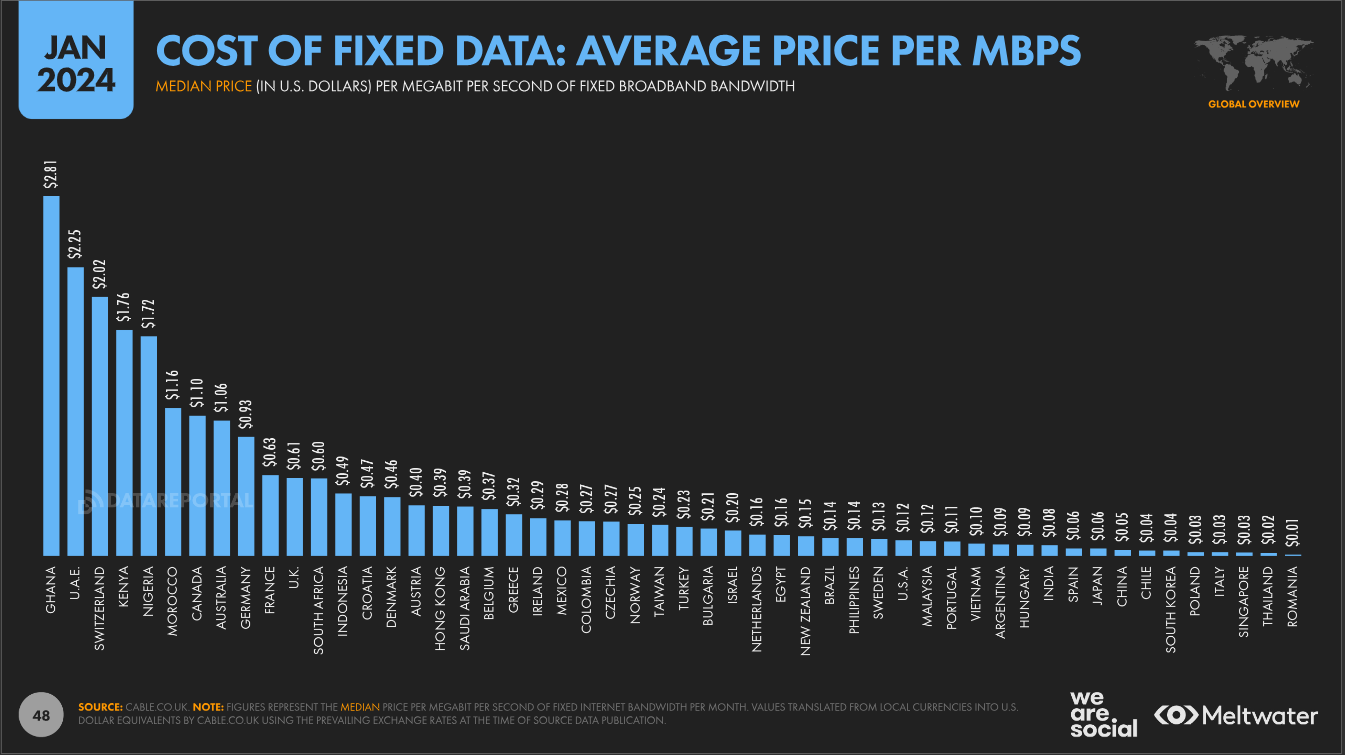

A new map by astrophysicist and mathematician Tomasz Stepinski suggests that most of the US is still fairly segregated.
The United States is sometimes billed as a melting pot of racial and ethnic diversity.
But a new map created by astrophysicist
Using census data and NASA satellite maps, created a detailed map that shows racial composition levels in nearly every neighborhood in the US.
Six categories of race — non-Hispanic white, non-Hispanic black, American Indian, Asian, Hispanic, and other — are represented by six different colors on the map (as indicated on the key to the right).
Areas with high racial diversity levels overall are shaded gray.
The interactive map chronicles data from 1990 to 2010, so users can zoom in and see how areas have changed over time. annual Population Association of America conference in Chicago.
Here is the state of diversity in seven US cities as of 2010, according to
Chicago — one of America's most racially segregated cities — is highly siloed by neighborhood. There are distinct pockets of Hispanic and black residents living downtown, while first-ring suburbs have mostly white residents.
As CityLab notes, decades of racial discriminatory housing policies (some of which still persist today) contributed to segregation in Chicago. For example, following WWII, the Federal Housing Administration explicitly denied home loans for black people in Chicago and other cities across the US.
New York City's neighborhoods are also pretty segregated by race. Manhattan has a fairly high density of white residents, while the most dense populations of black, Hispanic, and Asian New Yorkers are found in upper Manhattan, the Bronx, and parts of Brooklyn and Queens. Jersey City (located west of Manhattan) does not appear to be as segregated.
Gaithersburg, Maryland and other areas north of Washington, DC are fairly racially diverse, as indicated by the dark grey shading.
Oakland, California also displays a lot of gray splotches, signifying higher levels of racial diversity than San Francisco.
Stepinski's map also allows users to see changes in a city's diversity over time. In 1990, many neighborhoods in Seattle were divided by race.
But by 2010, parts south of downtown Seattle had become much more diverse.
"People don’t realize that the United States is a diverse country but at the same time is still very segregated," Stepinski told Quartz.
Stepinski said he plans to update the map with new census data in 2020.
Stepinski also said the map could help social scientists, city officials, and urban planners better understand the racial make-up of America's neighborhoods in order to help make them less segregated.
Source: Quartz
A new map by astrophysicist and mathematician Tomasz Stepinski suggests that most of the US is still fairly segregated. Read Full Story






















Facebook
Twitter
Pinterest
Instagram
Google+
YouTube
LinkedIn
RSS